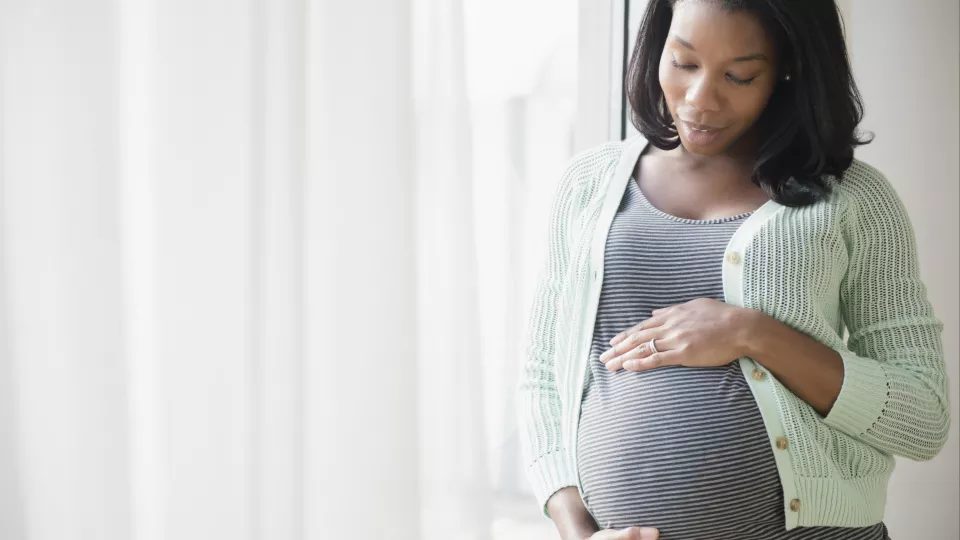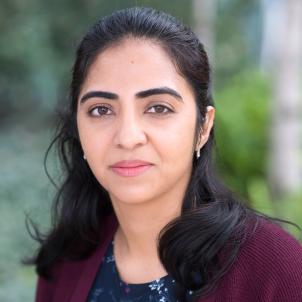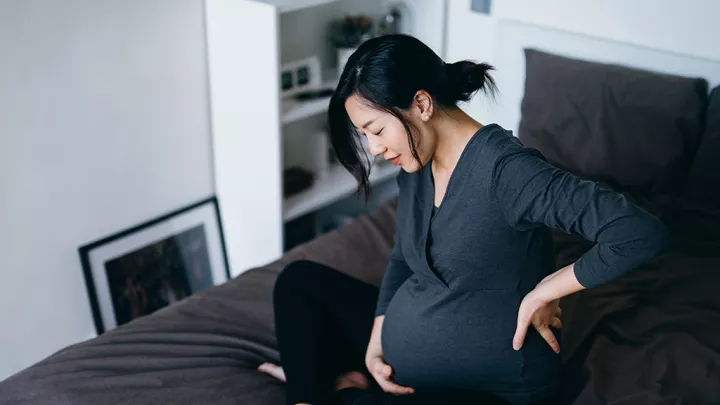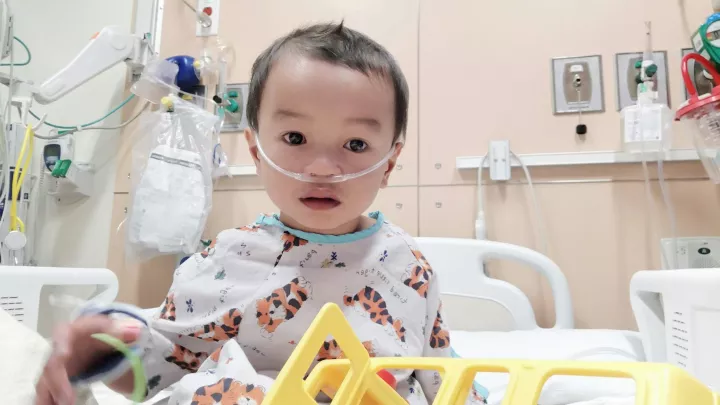
A Noninvasive Way to Measure Placental Health
A healthy placenta is critical for a healthy baby. But unfortunately, there’s no direct way to measure how well this important organ is working.
Now, researchers at Children’s Hospital Los Angeles have demonstrated a potential method for noninvasively assessing placental health during pregnancy. Using novel MRI techniques, the team was the first to measure placental vascular reactivity—the ability of the placenta to match blood supply to fetal demand.
The study was funded by the National Institutes of Health and published in Ultrasound in Obstetrics & Gynecology.
“It’s exciting because this could serve as a potential biomarker, or functional probe, of placental health,” says Vidya Rajagopalan, PhD, an investigator in the Division of Cardiology at CHLA and the study’s lead author. “And it’s noninvasive. It doesn’t hurt mom; it doesn’t hurt baby.”
Yoga-like breathing exercises

In addition to its busy Fetal-Maternal Center, Children’s Hospital Los Angeles is home to one of only a few fetal MRI research programs in the country.
Dr. Rajagopalan has been growing this research program since she joined CHLA in 2016. Her lab’s goal is to develop a suite of noninvasive tools to measure fetal and placental health.
In this study, her team focused on the organ’s ability to perform a crucial job: maintaining a stable oxygen environment for the fetus.
“That’s a good indication of how healthy the placenta is,” she notes. “Can it keep up with a growing baby and continue to deliver the amount of oxygen it needs, no matter what is going on in the outside world?”
The study enrolled 34 women with healthy pregnancies, ranging in gestation from 22 to 32 weeks. Each participant then underwent a seven-minute placental MRI exam.
During the MRI, a video instructed the women to perform yoga-like breathing exercises—such as breathing in, briefly holding their breath, and releasing a long sigh.
The researchers measured the moms’ changing carbon dioxide levels during the exercises. Using a technique called blood oxygen-dependent MRI, they observed how the placenta’s vascular system dilated and contracted in response to these changing levels.
No external oxygen or contrast agents were used. “We wanted to see how well the placenta responded to everyday changes and situations, rather than creating an artificial stimulus or environment,” Dr. Rajagopalan explains.
Opening the gateway
The study found that MRI can consistently measure placental vascular reactivity using these techniques. The proof-of-concept study provides a novel, noninvasive method for measuring placental vascular health and function during pregnancy.
In addition, the team found that:
- The older the fetus, the more responsive the placenta.
- Regardless of gestational age, the more reactive the placenta, the bigger the baby’s brain.
The team’s next step is to study how placental dysfunction impacts brain development in babies with congenital heart disease. The ultimate goal is for clinicians to be able to use placental vascular reactivity as a way to diagnose placental dysfunction early on—and intervene.
“This opens the gateway to identifying placental dysfunction, and also treating it,” Dr. Rajagopalan says. “A therapy may not have to be a medicine or surgery. It could be as simple as lifestyle interventions such as exercise and better control of a mom’s diabetes. We want to support the health of the placenta as much as we can.”
Study authors were Vidya Rajagopalan, Van Truong, Shuo Wang, Jeraldine Lopez, Valeria Rosas, Matt Borzage, Jodie Votava-Smith, Skorn Ponrartana, Ashok Panigrahy, Jon Detterich and John Wood.


